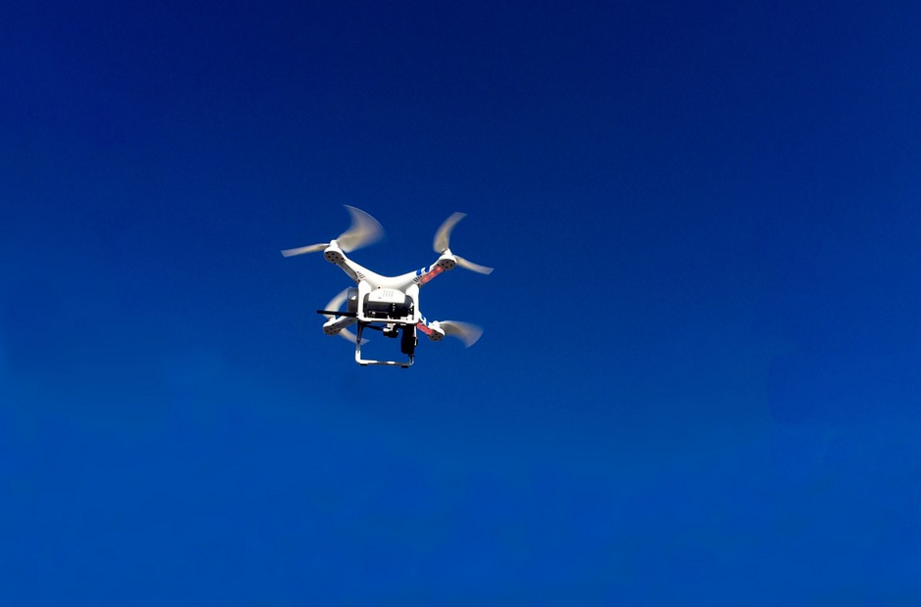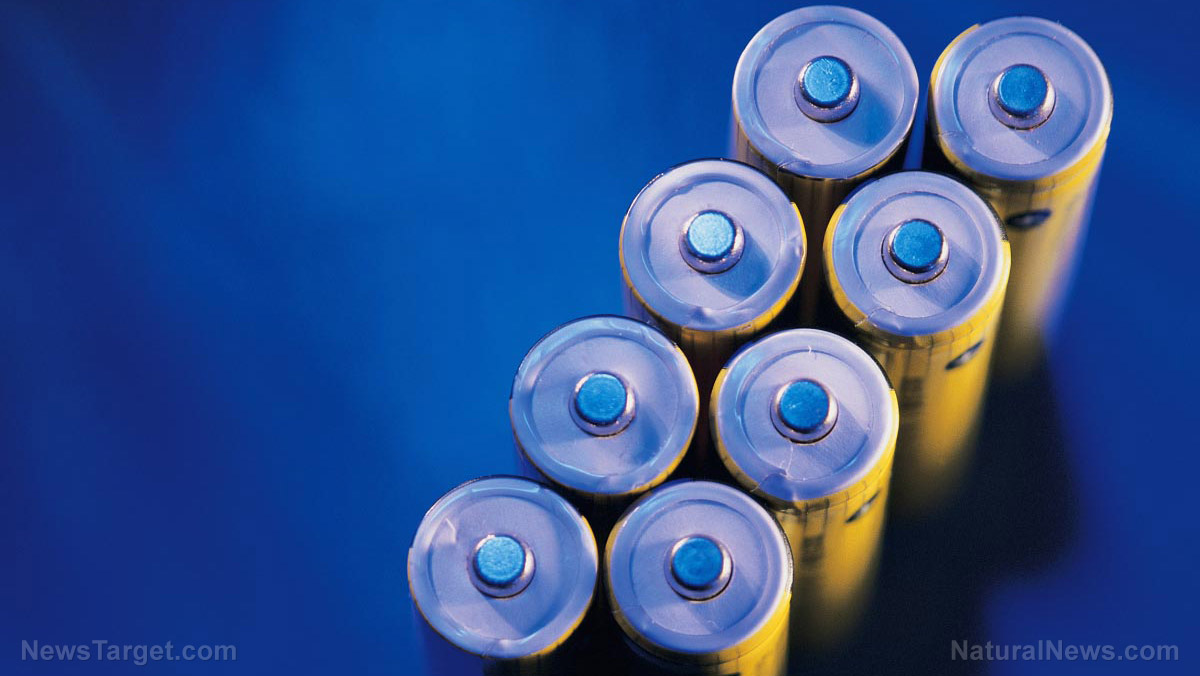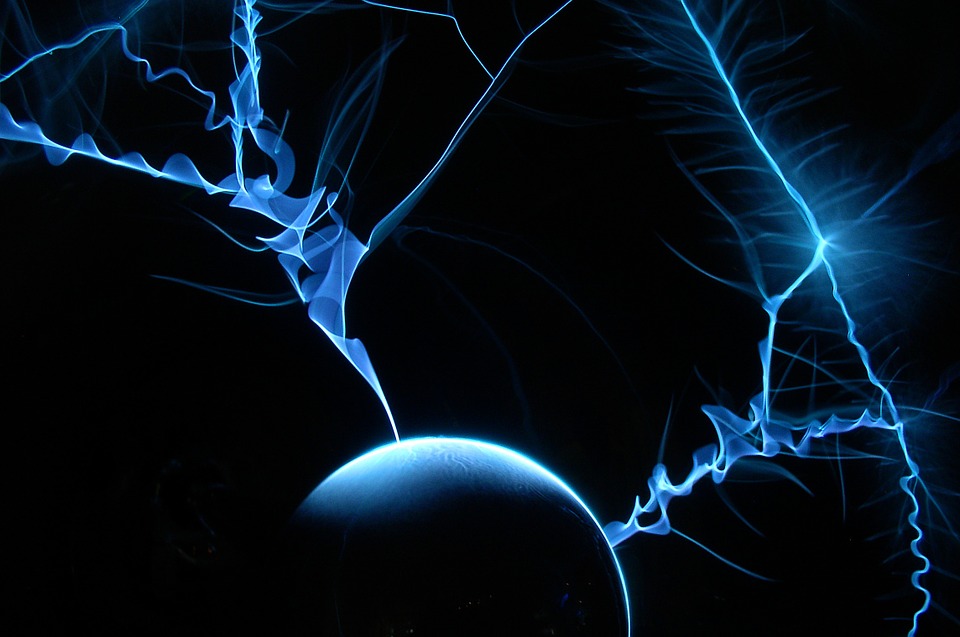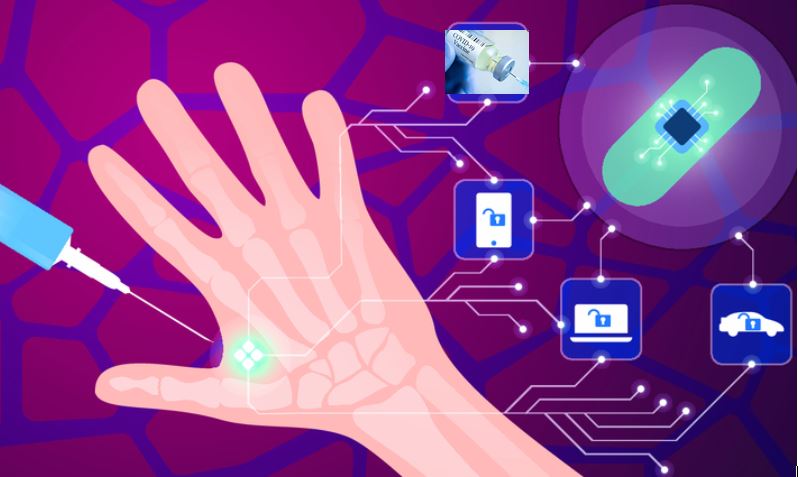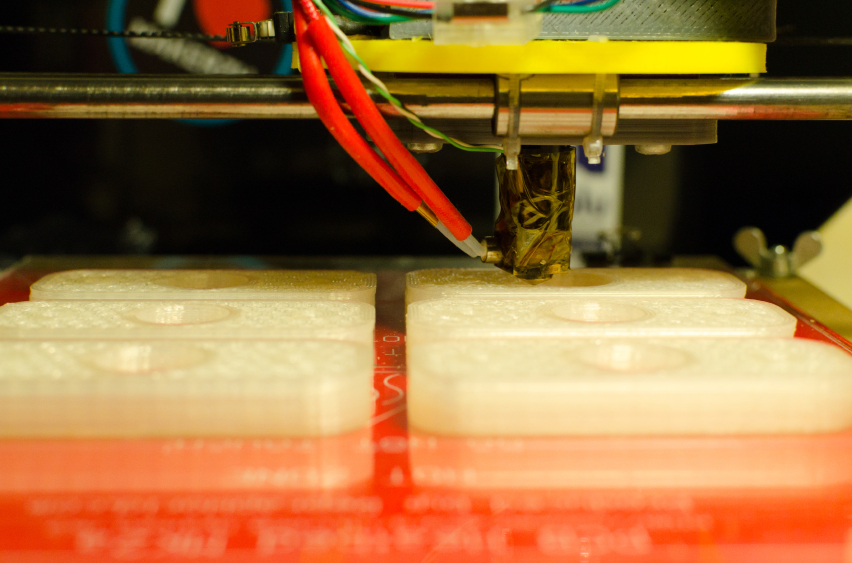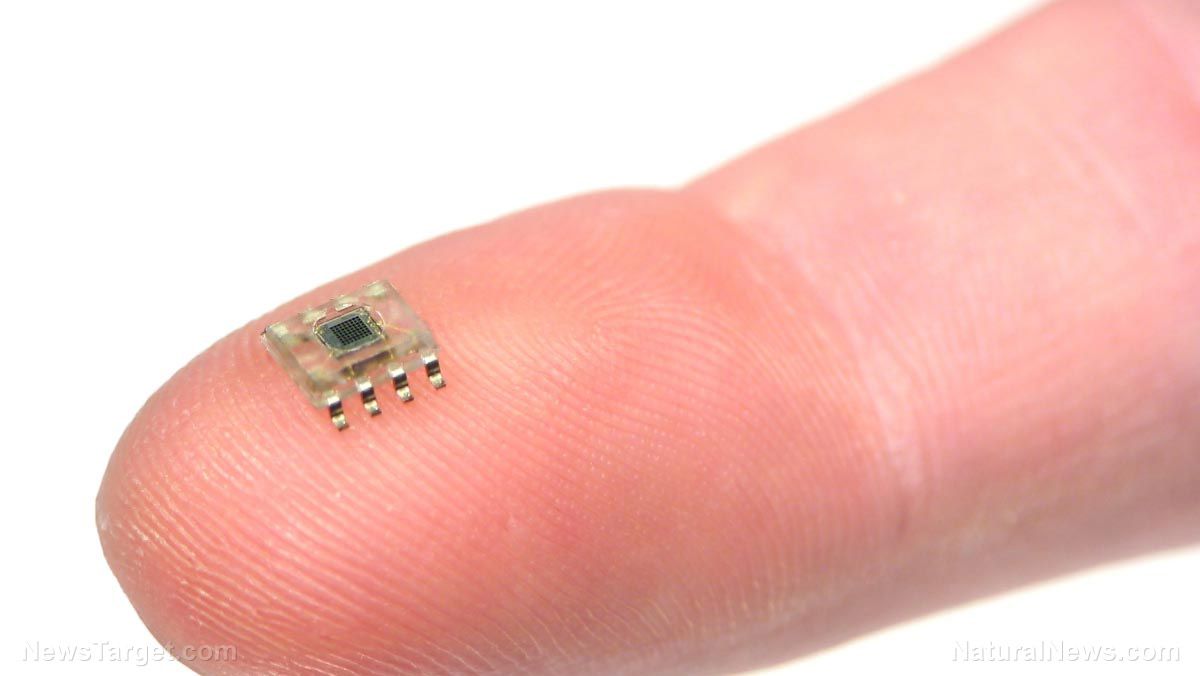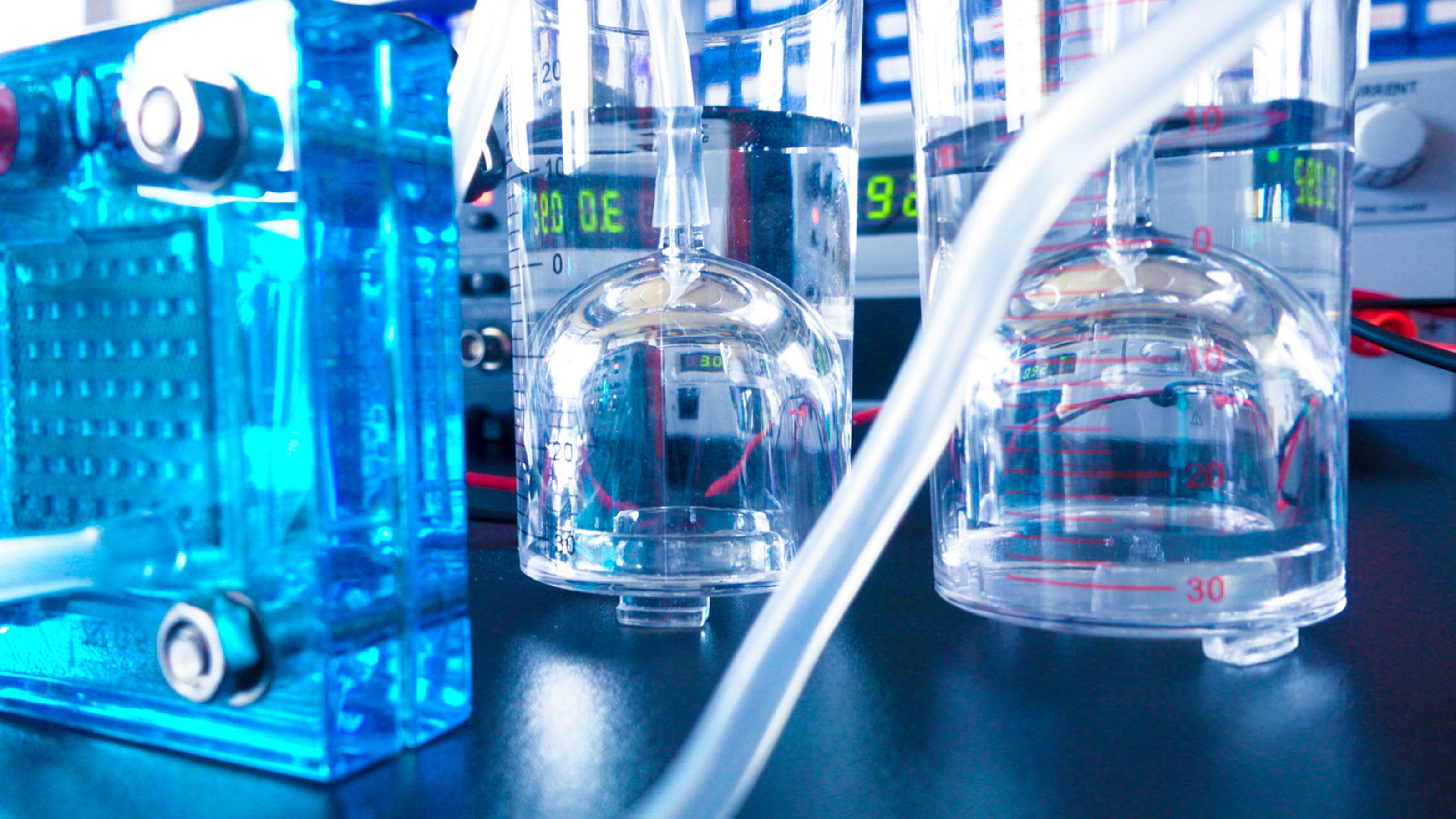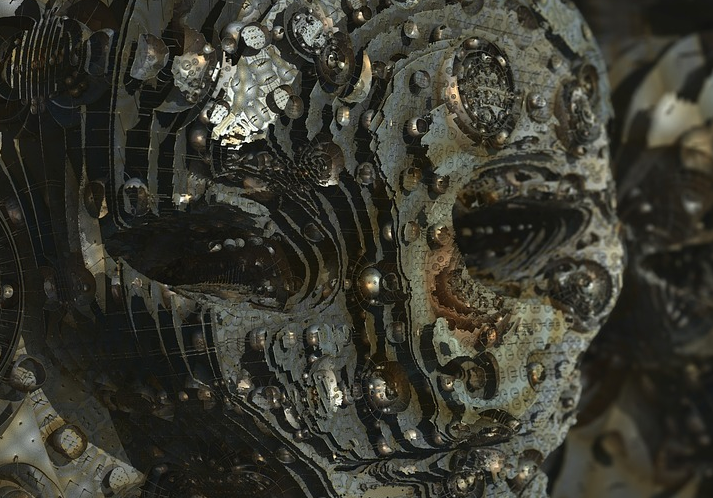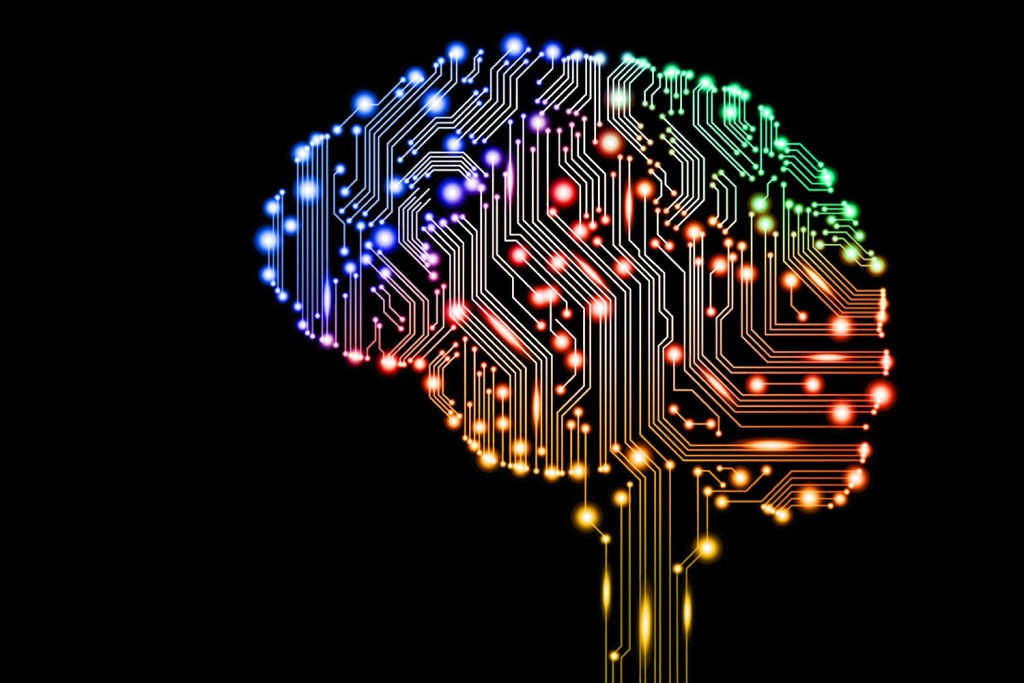No more needles: Diabetics can now monitor blood sugar levels through tears or sweat with a new biosensor
03/18/2018 / By David Williams

The first step in fighting back against diabetes is checking to see if a patient does indeed have it in the first place. In most cases, this is done through tracking a person’s glucose levels through their blood, which means going with the conventional prick method. This entails performing a slightly invasive and not-so-painless method of taking blood out of a patient’s body and then testing it for glucose levels afterwards. Now a team of scientists has discovered a method that could make the this particular practice obsolete.
In a new study that was published recently in the journal ACS Nano, a team of researchers reported that it has succeeded in developing an ultra-thin and flexible sensor that could be used as part of contact lenses or other types of wearable technology to enable real-time glucose tracking. Once incorporated into one or more types of wearables, this sensor could be used in the background and deliver all of the information needed to make a quick diagnosis possible.
Compared with regular methods of tracking blood glucose levels in patients, the methods enabled by this particular sensor are far less invasive, not to mention completely painless. It can be used to track glucose levels through a person’s tears if incorporated into a pair of “smart” contact lenses, or through a person’s sweat if it’s included in a wristband. Its existence could also allow health professionals to keep track of changes in glucose levels regularly throughout the entire day.
In order to succeed at developing their new nano-sensors, the researchers used nanoribbons of indium oxide, an enzyme glucose oxidase, a natural chitosan film, and single-walled carbon nanotubes. Any amount of glucose is said to be enough to trigger the enzyme, which ends up setting off a short chain of reactions that ultimately result in an electrical signal. This means that it can serve as a viable method of detecting glucose levels in solutions, particularly in blood samples that have been taken from patients.
In their testing, the researchers found that the device they made managed to detect a range of glucose concentrations from 10 nanomolar to one millimolar, which shows that it is sensitive enough to cover typical glucose levels in the average person’s saliva, sweat, or tears. Since it could be used on pretty much anyone whether they have diabetes or not, it could serve as an effective way of screening the presence of the disease in patients.
The researchers also tested the flexibility of the material they created by bending it. After bending the film for 100 times, they concluded that this didn’t noticeably affect its performance.
Researchers in South Korea separately found a way to build a similar device which they designed to function as a contact lens with a built-in LED notification light. It can alert the wearer to changes relating to their sugar levels by switching the light from on to off. Paired with other kinds of wearable sensors, it could serve as the perfect tool for tracking a patient’s sugar levels so that the patient could avoid major disease problems.
Apart from being able to detect glucose levels, the researchers said their sensors could also be used for other applications such as monitoring in the food and environmental factors. It will be interesting to see exactly what kind of solutions they can come up with, but the primary application which is intended to help diabetes patients definitely shows a lot of promise.
Check out other ways scientists are advancing the field of wearables in Inventions.news.
Sources include:
Submit a correction >>
Tagged Under:
blood sample, blood test, diabetes, diabetics, future tech, glucose, glucose tracking, inventions, medical technology, smart contacts, smart lenses, smartband, sugar
This article may contain statements that reflect the opinion of the author
RECENT NEWS & ARTICLES
COPYRIGHT © 2017 FUTURE SCIENCE NEWS


